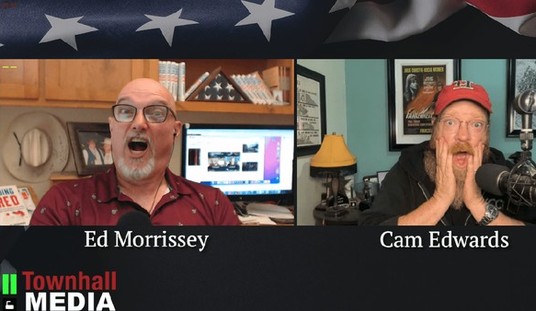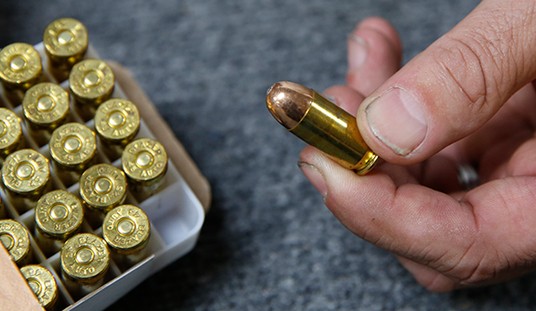For several years now we’ve periodically been told by anti-gun academics, researchers, and healthcare professionals that we need to take a “public health” approach to combatting gun violence. In theory that means looking beyond law enforcement and gun control laws to address violent crime, but in practice it looks more like a rehash of the same stale talking points offered up by the gun control lobby.
Case in point: a new interview with Harvard public health professor and longtime gun control supporter David Hemenway, who blames “guns and the gun laws” for gun-involved crime rather than the trigger-pullers themselves, and makes clear that any public health approach to reducing gun violence is ultimately about reducing gun ownership for all.
UD: You’re known for supporting a public health approach to combating gun violence. What does that entail?
DH: If you ask me for a one-sentence description of the public health approach, it would be: Let’s make it really difficult to get injured, or to injure someone, and let’s make it really easy to be safe. So for example, I do some work about obesity, and the public health approach to obesity would be, let’s make it really easy for people to get healthy food, and make it harder for people to get junk food; let’s make it really easy for people to get healthy exercise and make it harder for them to be couch potatoes. And we do just the opposite in the United States.
In terms of “gun violence”, that means making it really difficult to own a firearm and really easy to criminalize the right to keep and bear arms. Forget “harm reduction” strategies that might involve increasing education and training opportunities in underserved communities or rebuilding a culture of responsible gun ownership in cities and states that have engaged in a decades-long fight to make guns taboo. No, as far as Hemenway is concerned it’s gun ownership itself that’s the problem.
UD: You’re a scientist, you talk about these datasets and policy based on evidence. So, is it working? You’ve given some very positive examples, but I wonder if the issue is just that when we turn on the TV, the news is terrible.
DH: No, things have gotten worse in the United States. More people are carrying guns, there’s more military weapons out there, gun ownership rates have increased a little bit. A lot of bad things are happening. Politically, it’s been very hard because one of our two parties is aligned with the gun lobby. So it’s hard. But what I would say, from a public health standpoint, is that there’s a lot of good things happening, but also, that there’s been so many successes in public health over the last 150 years.
If a public health approach to combatting gun violence is dependent on getting Americans to give up their Second Amendment rights (either by choice or by force), then Hemenway is right that things have gotten worse, and they’re not likely get better (at least from his perspective) anytime soon. But what Hemenway is ignoring (intentionally, I suspect) is that rates of violent crime have ebbed and flowed over the past 100 years; climbing sharply in the 1920s and the first half of the 1930s before decades of declines that lasted until the mid-1960s. Once again violent crime rates shot up, remaining at or near historic highs until the early 1990s when they began to plummet once again; a decline that lasted until 2020 amidst the civil unrest, court closures, and Defund the Police movement. That crime spike may have been short-lived, however, with crime analyst Jeff Asher reporting that this year could see the biggest one-year drop in homicides in more than a century.
According to Hemenway that shouldn’t be happening given the rise in concealed carry, the ubiquitousness of modern sporting rifles, the growing number of gun owners, and what he considers to be the worst gun laws in the developed world. The reality is that our violent crime and homicide rates are still near historic lows and are trending in the right direction. Is there more work to be done? Absolutely, but any strategy that’s based on reducing the number of lawful gun owners is going to run headlong into the Bill of Rights and the cold, hard fact that in a nation with more than 400-million privately-owned firearms the United States will never be “gun free”. The “public health” approach to gun violence is still centered around the false notion of banning our way to safety, and while anti-gun activists and Second Amendment stalwarts might be able to find common ground on things like community violence intervention programs, anti-gunners like Hemenway can’t and won’t stop pushing for their true goal: an end to Americans exercising their fundamental right to keep and bear arms.










Join the conversation as a VIP Member